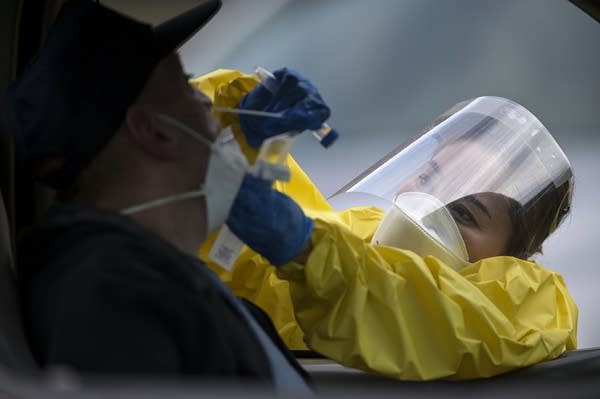June 22 update on COVID-19 in MN: Worries grow as vaccinations, ER visits fall

Elizabeth Santoro, a medic with the Minnesota Air National Guard 133rd Medical Group, administers a COVID-19 test.
Aaron Lavinsky | Star Tribune via AP
Go Deeper.
Create an account or log in to save stories.
Like this?
Thanks for liking this story! We have added it to a list of your favorite stories.


